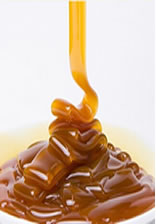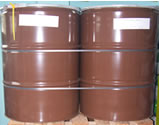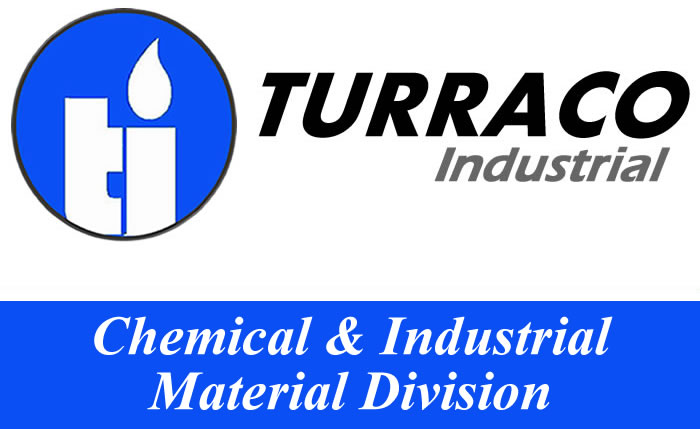


|
Soya Lecithin
Soya Lecithin is a yellow-brownish fatty substances occurring in soya beans plant tissues. It composed of phosphoric acid, choline, fatty acids, glycerol, glycolipids, triglycerides, and phospholipids (e.g., phosphatidylcholine, phosphatidylethanolamine, and phosphatidylinositol).
It is also available from sources such as eggs, milk, marine sources, rapeseed, cottonseed, and sunflower. It has low solubility in water, but is an excellent emulsifier. In aqueous solution, its phospholipids can form either liposomes, bilayer sheets, micelles, or lamellar structures, depending on hydration and temperature. Lecithin is sold as a food supplement and for medical uses. In cooking, it is sometimes used as an emulsifier and to prevent sticking, for example in nonstick cooking spray.
Lecithin is used for applications in human food, animal feed, pharmaceuticals, paints, and other industrial applications. In the pharmaceutical industry, it acts as a wetting, stabilizing agent and a choline enrichment carrier, helps in emulsifications and encapsulation, and is a good dispersing agent. It can be used in manufacture of intravenous fat infusions and for therapeutic use.
In the paint industry, it forms protective coatings for surfaces with painting and printing ink, has antioxidant properties, helps as a rust inhibitor, is a colour-intensifying agent, catalyst, conditioning aid modifier, and dispersing aid; it is a good stabilizing and suspending agent, emulsifier, and wetting agent, helps in maintaining uniform mixture of several pigments, helps in grinding of metal oxide pigments, is a spreading and mixing aid, prevents hard settling of pigments, eliminates foam in water-based paints, and helps in fast dispersion of latex-based paints.
Lecithin also may be used as a release agent for plastics, an antisludge additive in motor lubricants, an antigumming agent in gasoline, and an emulsifier, spreading agent, and antioxidant in textile, rubber, and other industries.
In confectionery, it reduces viscosity, replaces more expensive ingredients, controls sugar crystallization and the flow properties of chocolate, helps in the homogeneous mixing of ingredients, improves shelf life for some products, and can be used as a coating. In emulsions and fat spreads, it stabilizes emulsions, reduces spattering during frying, improves texture of spreads and flavour release.
It improves wetting properties of hydrophilic powders (e.g., low-fat proteins) and lipophilic powders (e.g., cocoa powder), controls dust, and helps complete dispersion in water. Lecithin keeps cocoa and cocoa butter in a candy bar from separating. It can be used as a component of cooking sprays to prevent sticking and as a releasing agent. In margarines, especially those containing high levels of fat, lecithin is added as an 'antispattering' agent for shallow frying.
For additional information and documents about Soya Lecithin or how we can supply your organization, please give us a call, send us an email or contact us here: |
|
|

